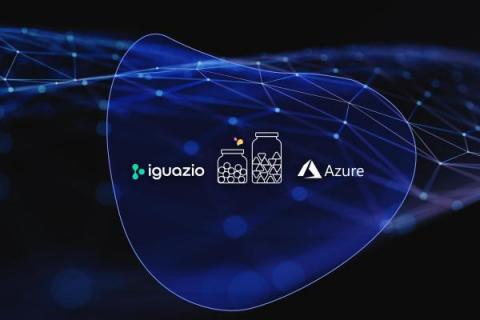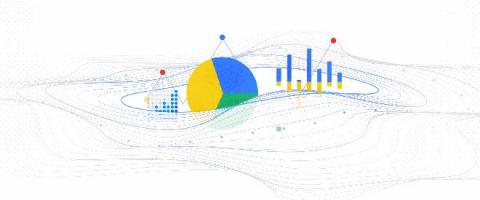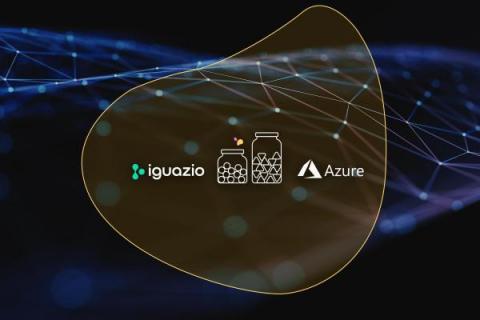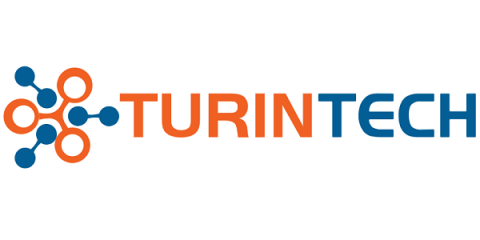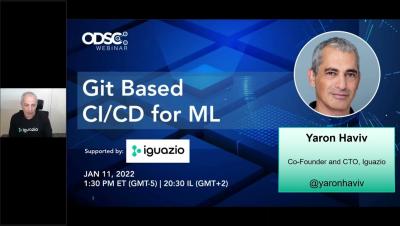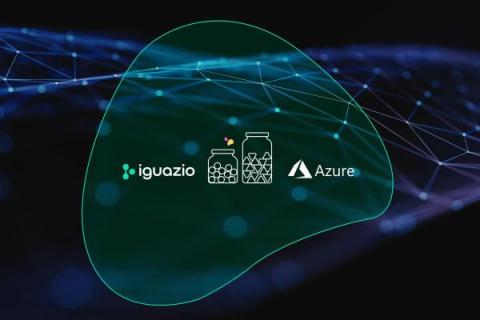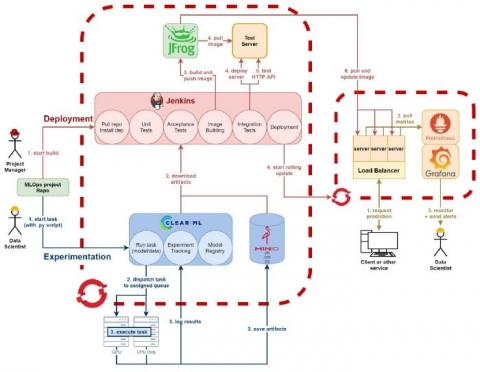The Complete Guide to Using the Iguazio Feature Store with Azure ML - Part 3
In part one and two, we introduced Iguazio's feature store and discussed the benefits of using one in the ML workflow. Additionally, we ingested and transformed the data that we will be using to train our model. In this blog, we will do the following.


